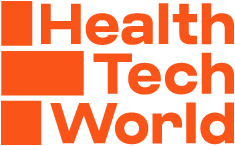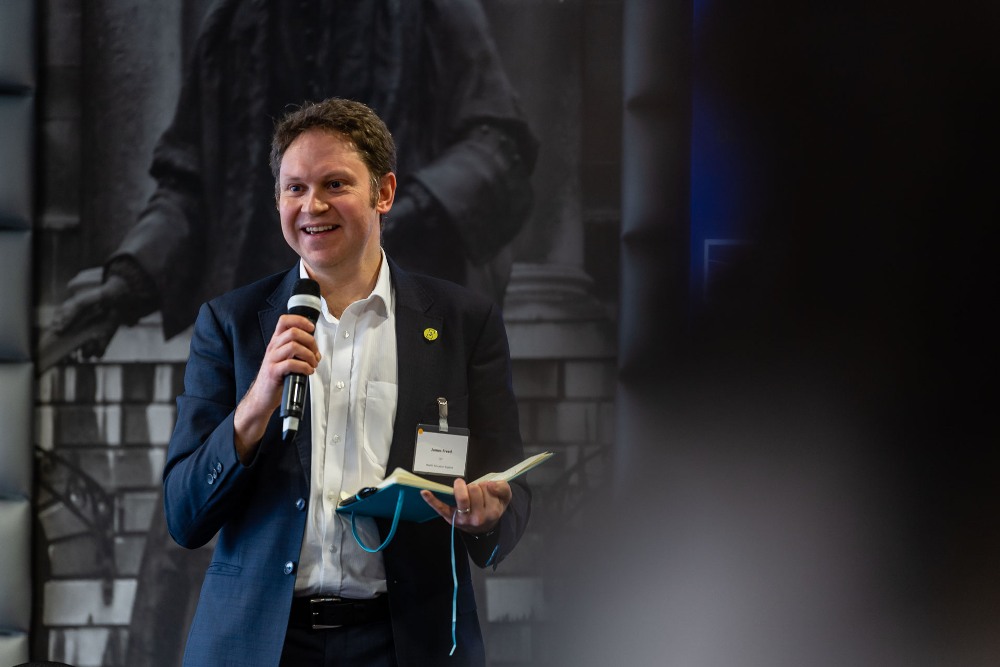A single patient record: The unsolved challenge, or is it?

By Richard Kavanaugh, openEHR and FHIR Board member & Head of Technology (UK & Ireland) at Better
The government has committed to introducing a Single Patient Record (SPR) for England.
It is one of the clear ambitions set out in the 10 Year Health Plan, and will see it operate as a patient passport, making sure people get seamless care no matter where they are in the NHS.
It’s a long overdue ambition, in part because of its perceived complexity and because most of the public think it already exists. However, it’s certainly not an unsolved challenge.
Elsewhere, across the globe, other health and care systems have rolled out national shared records.
Here I explore how the NHS can turn the SPR vision into reality.
Data for life
What a SPR should do is provide data for the life of a patient and to achieve it we need to adopt a data format that is going to be valid in years to come.
This means records can’t be locked away in separate IT systems using proprietary formats that only specific vendors can read and write.
They should be capable of outliving technology providers through the use of standardised data models and APIs that any compliant system can implement.
This mitigates issues caused by business model changes and removes the risk of commercialisation.
To achieve this approach, it needs to be built on open, vendor neutral standards, such as openEHR, that can create one consistent longitudinal record, during a person’s lifetime.
True data ownership
Then, there is the reoccurring question of who actually owns the data.
In theory, it is the patient, but the existing digital infrastructure doesn’t adequately support that principle.
Currently, the custodians of the data are the IT systems that the data is stored in, and it can be incredibly difficult for an individual to obtain a copy of their health and care record.
They can make a formal request, but the lead time is lengthy due to the fragmented data being compiled from multiple care settings and systems.
This fragmentation occurs because healthcare data often exists in different formats – lab results in one schema, imaging reports in another, GP notes in yet another.
Without a common data architecture, assembling a complete record becomes a manual, time-consuming process of translation and consolidation.
To enable patients to truly own their data in a meaningful way, we need to support health and care systems to move away from organising records around systems to data that is centred around the person.
The result should be a SPR in a format which is open and accessible to individuals and the relevant health and care organisations involved in their care.
Promoting innovation

Richard Kavanaugh
Rather than restrict innovation, open approaches enable it.
Adopting an open approach for a SPR can accelerate digital transformation by securely separating patient data without the frictions of disparate data silos.
It provides an effective and flexible data launchpad for clinicians and digital teams to expediate extensive digital programmes.
Today’s shared care records
Shared care records are the closest thing we have to a SPR in the NHS.
They are breaking down silos to create a joined-up record of each patient’s health and care, ensuring that information follows the patient, and giving health and care professionals the full picture they need to provide personalised care.
For patients, this means no longer repeating their medical history at every appointment, and for clinicians, it means being empowered with the right information at the right time.
The Universal Care Plan (UCP) is making great strides in this area and Better is proud to be supporting the transformation that is helping to deliver safer and more personalised care for every Londoner.
Spanning five integrated care systems, 35 NHS trusts and 1,400 GP practices, it recently celebrated the milestone of enabling over 100,000 care plans to be created and shared across health and care teams.
It has established nationwide access to care plans by integrating with the NHS App and the NHS National Record Locator, and due to the successful introduction of sickle cell care plans, is working towards also sharing these nationally.
Tomorrow’s shared care records
The traditional approach for shared care records has been to maintain a federated view of data centred around systems and users.
We must now move towards the next generation based on lasting, structured, and usable data to create the fundamental foundation for a SPR.
Shared care records are how we start to deliver on that ambition and we are in conversation with some well-established shared records across England that are moving towards a more active model.
Throughout Europe, nations and regions such as Slovenia, Greece, Malta, Ireland and Catalonia are already building shared care records using openEHR and open platforms.
Slovenia has been using openEHR for ten years and today the national electronic health record stores shared health data for 98 per cent of its population.
This has seen the system integrate with 1,600 health providers and store over 250 million clinical records for 2.1m people.
Additionally, the scope of Greece’s electronic health record spans 130+ public hospitals and over 10m citizens.
As the government looks to solve the challenge of creating an SPR in England, let’s not forget the problem has already been solved in other parts of the world.
We only have to look to advanced health and care systems in Europe who have overcome the challenge.
These examples show what is possible when structured, interoperable data is at the core of care delivery.
They prove that the vision of safe, connected care is not a distant goal, but a reality being lived today, and the UK is well-positioned to learn from and build on these successes.
Following in their footsteps will be key to meeting the 10 Year Health plan’s vision of an NHS fit for the future – one where the technical infrastructure is as accessible and interconnected as the care itself, built on foundations that will serve patients not just for years, but for decades to come.






